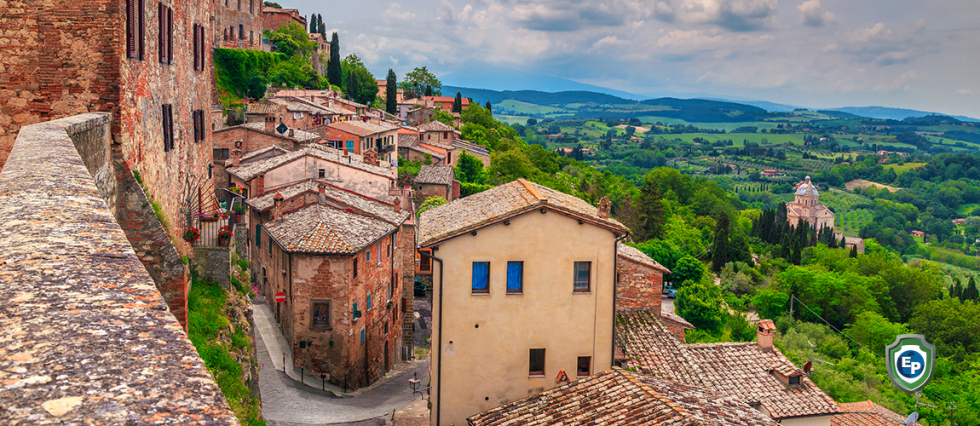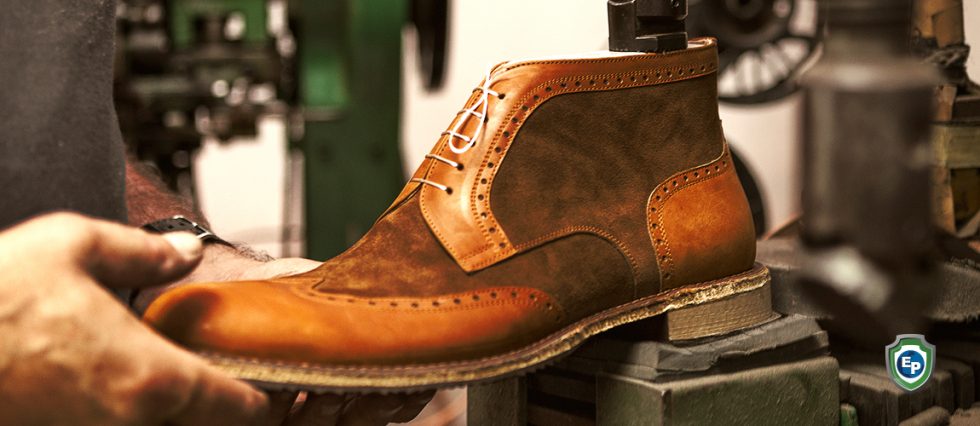Tuscany: the manufacturing renaissance
Top designers' brands from all over the world are reshoring the manufacturing of their high-end fashion goods to the Italian region of Tuscany.

Top designers' brands from all over the world are reshoring the manufacturing of their high-end fashion goods to the Italian region of Tuscany. After a long period of decline, the opening or revival of artisan laboratories encouraged the growth of a further network of suppliers, including small-sized specialist logistic operators. High quality and specialization are demanded at all levels here, from the manufacturing techniques to the logistics services for their export needs.
When it comes to top-quality leather goods and shoes, "Made in Italy" often means "Made in Tuscany." The world-renowned excellence of artisans from this region, and especially from the Florence area, serves as a sort of quality certificate for luxury and fashion consumers worldwide. Just think of Gucci, Ferragamo, and Prada – three superstar brands that all originated in Tuscany in the last century before earning global fame.
After a long period of decline, "Made in Tuscany" has been experiencing a real renaissance in the last few years. The increasing demand for high quality and the rising labor costs in China and Eastern European countries have encouraged Italian and international designer brands to re-shore their manufacturing in Tuscany, to take advantage of the longstanding know-how that the region can provide.

That Gucci and Prada would substantially invest in the area may not be so surprising. But that other top Italian and foreign brands would start getting their high-end creations manufactured in Tuscany could not be taken for granted. We are talking here about Bulgari, Cavalli, Valentino, Tod's, Dolce & Gabbana, Trussardi, but also American brands like Ralph Lauren, Donna Karan, Tommy Hilfiger, Marc Jacobs and a long list of French ones including Chanel, Cartier, Louis Vuitton, Dior and Yves Saint Laurent (the latter in the process of transferring the Italian leather goods management there.)
The trend has facilitated the opening or revival of artisan laboratories, prompted further technological evolution, and, of course, encouraged the growth of a new network of suppliers, including small-sized specialist logistics operators.
Join the International Trade Revolution with Export Portal
The fashion sector (clothing, leather goods, footwear) is especially export-oriented, and it accounts for about 35% of Italian exports by value. The local logistics community, mainly SMEs, has specialized in meeting the specific needs of this export sector and is key to the growth and expansion of this highly specialized sector. Each designer brand has different logistics needs, and logistics providers have diversified their offer to offer customized solutions that seamlessly integrate into their supply chains.
Export Portal can support small fashion manufacturers and specialized forwarding companies to further expand their global market. Register to our portal for free today!






Comments 0